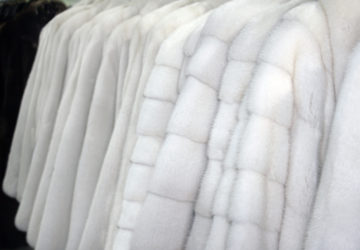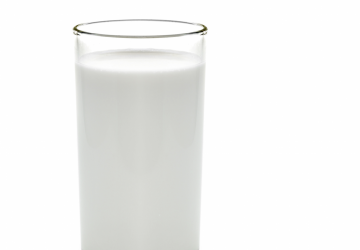The worrywarts at the Campaign for Safe Cosmetics (a project affiliated with the Environmental Working Group) released their “Market Shift” report at the beginning of the month, and it contained what we’ve come to expect from these organic-obsessed activists. Whether they’re raising scares about pesticides later debunked by peer-reviewed studies, trumping up scares about drinking water, or charging that retinol (a.k.a. Vitamin A) in sunscreens can cause cancer, EWG and its allies use public scientific illiteracy and irrational fear of chemicals to push an organic, anti-corporate agenda. It’s worth keeping in mind that 79 percent of members of the Society of Toxicologists recently surveyed agree that EWG overstates the health risks of chemicals.
The new Campaign for Safe Cosmetics report claims that “industry [can] put virtually any chemical into cosmetics with … no monitoring of health effects.” This statement is misleading at best. The FDA regulates the labeling and manufacture of cosmetic products and must approve almost all color additives before products reach the market. The FDA is empowered to test samples of cosmetics to ensure proper procedures are being followed in response to public complaints. Under current law, cosmetics manufacturers are required to substantiate the safety of their products and the ingredients in them BEFORE they are marketed. If FDA finds that an unsafe product has been marketed, the Food, Drug, and Cosmetic Act provides for severe penalties for offending manufacturers, including fines, seizures, and prosecution.
EWG might not feel that these tests constitute “monitoring” because science isn’t confirming the activists’ worries. (There’s a reason CSC and EWG talk about “chemicals” and not reported cases of actual harm.) In response to a CSC scare campaign targeting lipsticks for containing small traces of lead, the FDA conducted scientific tests to determine if the lead levels posed a threat. The FDA concluded, “We do not consider the lead levels we found in the lipsticks to be a safety concern.” It also was scathing in its assessment of the CSC’s journalist-bait marketing of their report, calling CSC’s comparison of lead limits for candy to lead found in lipstick “not scientifically valid.” (After all, you ingest candy. Hopefully nobody’s eating lipstick.)
CSC also touted research showing “chemicals with the potential to disrupt hormones” in teenage girls’ urine samples. Unfortunately for the scaremongers, the FDA throws cold water on CSC’s desired implications from one such chemical class, phthalates: “FDA noted that the CDC survey report in 2001 was not intended to make an association between the presence of environmental chemicals in human urine and disease.” The agency concludes, “FDA does not have compelling evidence that phthalates, as used in cosmetics, pose a safety risk.” Science-based research, 1; un-contextualized scare campaigns against polysyllables, 0.
The moral of these scare campaigns is, yet again, that the dose makes the poison. Following the scare trends of oft-debunked activists is not going to ensure that consumers are any safer; instead, consumers should know the truth about scientific research.




